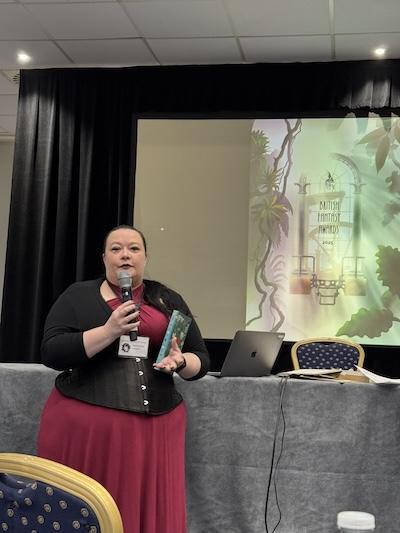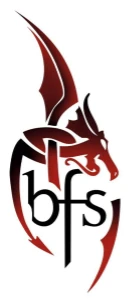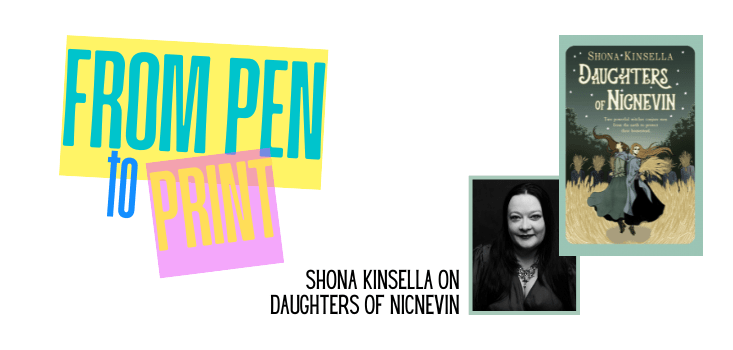Celebrating the release of her latest historical fantasy witchlit novel, Daughters of Nicnevin – out today through Flame Tree Publishing – BFS Chair Shona Kinsella walks us through the genesis of the book.
Name: Shona Kinsella (she/her)
Based in: Near the beautiful Loch Lomond, Scotland
What genres/subgenres are you drawn to?
Fantasy and horror in pretty much all of their glory. It’s easier to say the couple of exceptions than list all of the versions that I like. Also, some SF.
Is writing your full-time focus, or do you have a day job as well? What do you do?
When I’m not writing, I can be found editing for a variety of UK publishers and a few indie authors. And, of course, running the BFS, which is unpaid but fills enough hours to count as a part-time job…

The Book: From Pen to Print
What was the genesis of this book? Where did you get the idea from?
I had the first inkling of this book when I took part in a workshop on writing historical fantasy that Tiffani Angus ran for the BFS. An exercise we did talked about fishing villages in the past, and how if a boat disappeared at sea, the maybe-widows left behind were trapped in a kind of limbo for seven years until the missing men could be declared dead. This was the where the idea for the Albans came from—creatures made from the earth who could help in the interim. Everything else flowed from that, though setting it during the Jacobite uprising meant that my maybe-widows were perhaps more likely to have their husbands reappear at some point, which created another layer of tension.
How many drafts did you go through before you felt it was ready to query? How long did that take you?
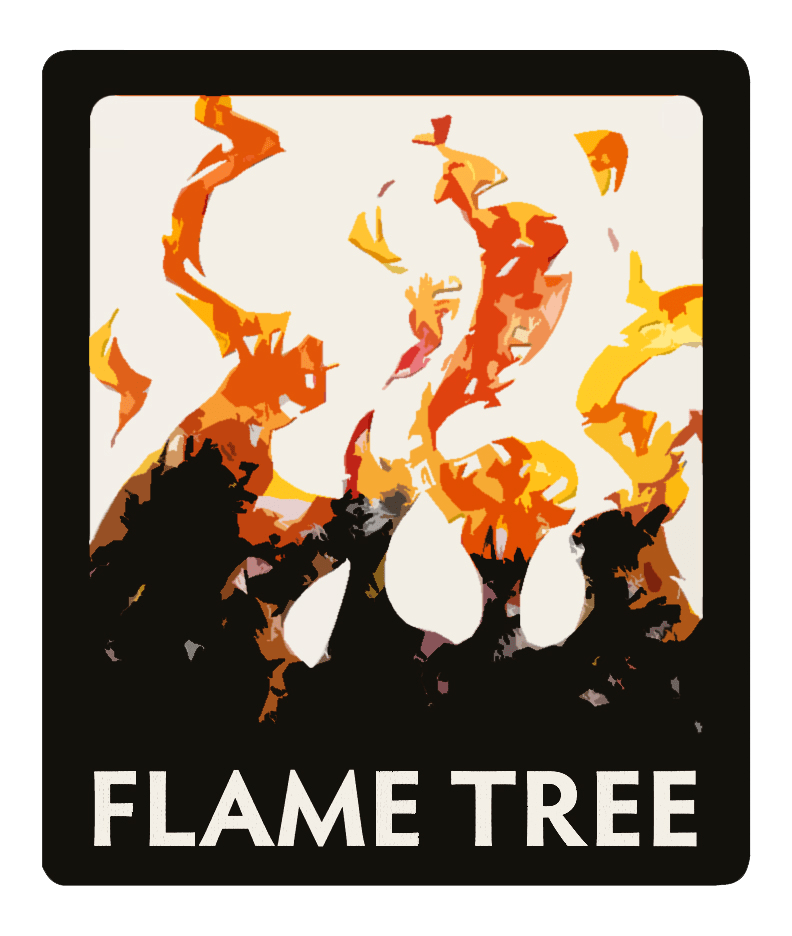
This book was written on contract, so Flame Tree agreed to publish it based on a synopsis, which means that I didn’t have to go through the query process.
I’m one of those annoying writers that goes against all the advice to new writers, but somehow it works for me. I edit as I go because my brain won’t let me move on until I’ve got it right. So, each day when I sit down to write, I edit the previous day’s pages first. So I only wrote one full draft, then did a read through and tidy up before sending it off to Flame Tree. It took about five months of work.
Did you work with beta and/or sensitivity readers? How did you find them? How did you incorporate their feedback?
I found beta readers and critique partners absolutely invaluable in my early days, but now I don’t tend to use them so much, especially when I’m writing something that’s under contract as deadlines tend to make that more difficult to fit in. I do plan to consult sensitivity readers for the book I’m currently working on, as that has a particular topic that I want to make sure I’m handling carefully.
Once it was in the hands of your publisher, what was the process to get it ready for release?
First of all, it had a round of edits—in this case, there were no structural or developmental edits, so no big changes. The edits were mostly around making things a little clearer and removing some instances of crutch words/phrases that I overuse. Then the book went to layout and design, and I had proofs to go through, checking for typos or any additional errors introduced during editing. In this instance, the cover design happened before the book was finished—it’s by Broci again, who also did the cover for The Heart of Winter, and it’s absolutely perfect—so then we had a complete book, ready to go.
And now your book is about to be unleashed on the world! How are you feeling?
Excited, nervous, overwhelmed. Flame Tree made this a really stunning book, with foiling and sprayed edges, and I understand how much of an investment that is. I really hope that people find the inside worthy of the gorgeous outside. This is my sixth book release and I haven’t really found it getting any easier, though I am at least more prepared for how it feels. And I know that I’ll be too distracted to do much work on release day, so I’ve scheduled a day away from anything else.
What would you like us to know about this book?
This is a book about community, and people coming together to get through difficult times. It’s hopeful, I think, and full of kindness. It’s also about the ways that society places expectations on people (particularly women) and the difficulty of trying to live a life that doesn’t fit or feel authentic.
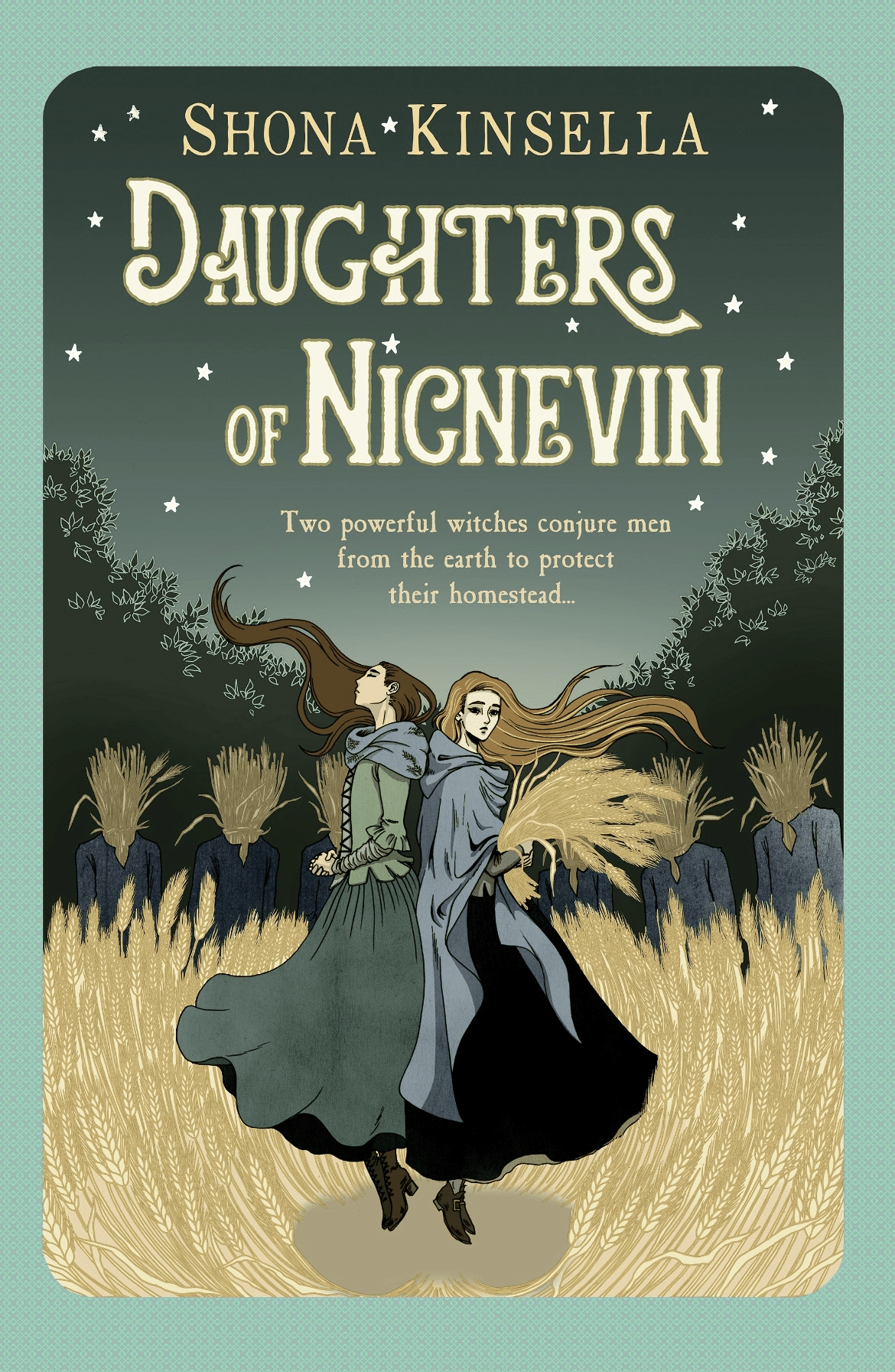
Who’s the ideal reader for this one? What sort of things do they like to read about?
Readers who enjoy historical fantasy, fae, folklore, the connections and rhythms of daily life, and a hint of sapphic romance, will find all of that in Daughters of Nicnevin.

Your writing process
Are you a plotter or pantser or somewhere in between? How do you do your first draft?
I started out as a pure pantser—I started writing my first book with nothing but a character and a single scene—but now I work a little differently. I kick an idea around in my mind until enough bits come together that I know there’s a novel-length story in there, then I write a brief synopsis (one or two pages, very much broad strokes) which I send to my publisher. They might come back with some suggestions, or they might be happy with it as it is.
Then I start work. Each time I sit down, I edit the previous session’s pages—sometimes that’s small tweaks of wording, sometimes it’s bigger, like changing the POV character for the scene or changing a major plot point. At this point, I know what all the main beats I’m heading for are, but how the characters move between those beats happens as I write, and sometimes in very unexpected ways. I write linearly; I can’t jump about the narrative writing scenes that appeal to me out of order, because I learn to understand the story and the characters through the writing of it.
How do you approach writing? Are you the type or writer who needs to treat it like a job? Is there a particular time of day you find best for you to write?
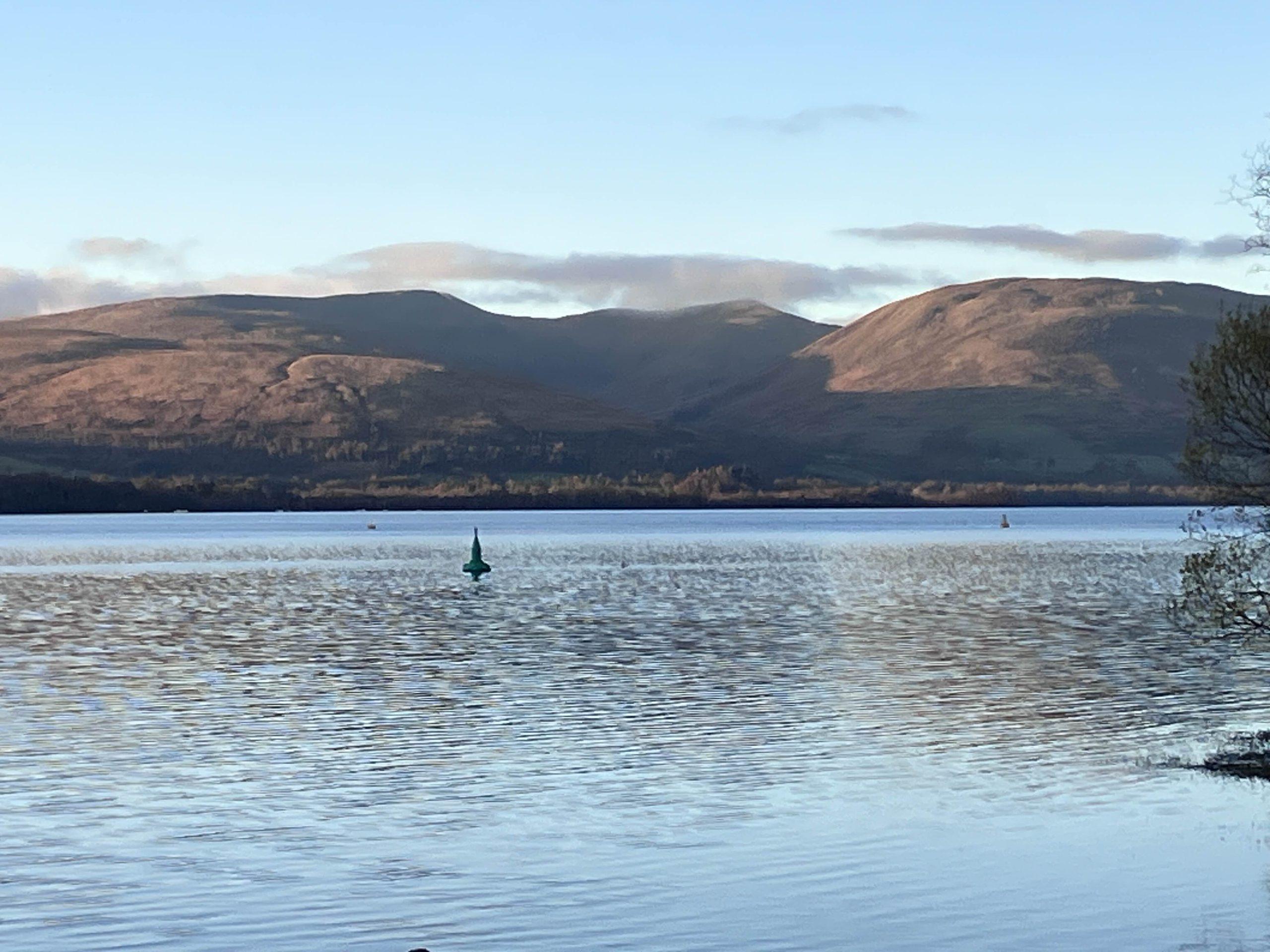
I do try to treat it like a job. I have a schedule that I attempt to work by on weekdays:
- 9:30am-11:30am: writing
- 11:30am-1pm: BFS
- 1:30pm-5pm: editing work (with a school run in the afternoon, too)
Then I catch up on whatever needs done, and try to join the BFS writing sprints at the weekend.
(Pictured: another of Shona’s Loch Lomond snaps)
However, kids and chronic illness and urgent editing requests and BFS requirements often interfere with my plans and I end up being much more sporadic than this.
Geek out about stationery: do you use a notebook? A specific type of pen? Or are you computer all the way?
I write straight onto my computer, but I have a notebook which I keep on my desk that I jot various notes in as well as using it as a planner and to-do list place, etc. Something about the tactile act of handwriting something makes it stick in my head much more than typing it does, so I always handwrite details that I want to remember.
I’ve fallen in love with fountain pens and inks in the last two years, so I’ve started a new tradition of buying myself a new fountain pen when each book is published.
Is any of that different for editing?
When my first draft is complete, I do a read through, making notes by hand as I go, then I work through them in order to make any changes required.

Where do you work? Do you have a comfy, creative space at home or are you someone who has to grab the moment wherever it comes?
There was a walk-in cupboard off my bedroom that I had converted into an office for me to work in. It’s tiny, and it’s in the eaves of the house so it’s very chilly in the winter, but I love it more than I can say.
(Pictured above: Shona’s tiny cupboard-office; pictured below: Nightwish [source])
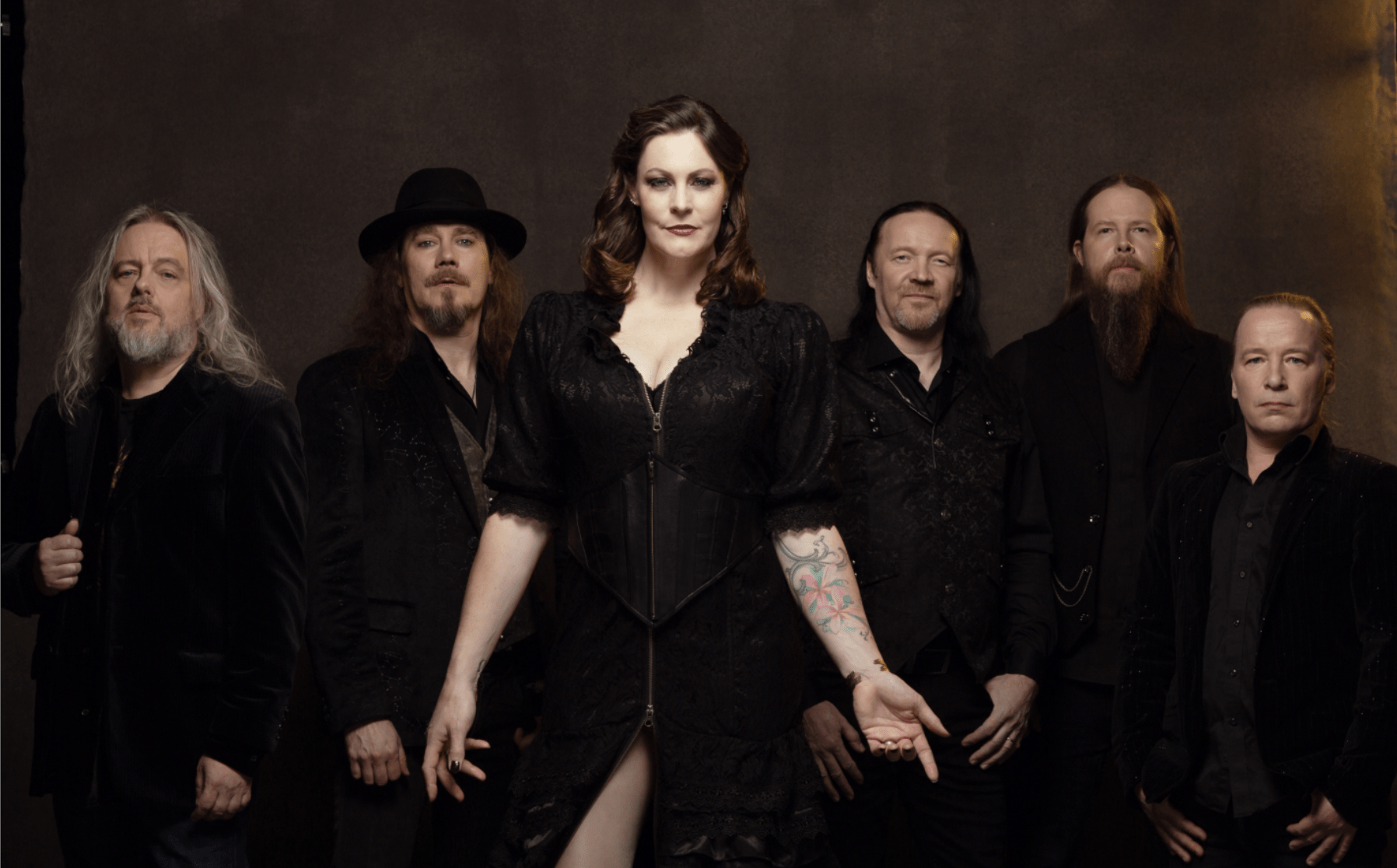
What’s your writing soundtrack?
I prefer to write in silence as I can tend to get lost in music, or end up with the lyrics creeping into my writing… On occasion, though, I use music to drown out other distractions, and I tend to turn to symphonic heavy metal—bands like Nightwish, Apocalyptica, and Epica make regular appearances on my playlists.
Do you have a writing ritual?
I don’t, but I find the idea intriguing. I’m tempted to introduce something, see if it helps me get into the zone faster.
Where can we follow you / find out more about your work?
You can find me at any of the following links, although I’m probably most active on Bluesky.
- Website: www.shonakinsella.com
- Bluesky: @shonak.bsky.social
- Instagram: @shona.kinsella
- Facebook: ShonaKinsellaAuthor
Shona Kinsella is a Scottish author of mythic fantasy. Her works include Daughters of Nicnevin, The Heart of Winter, Petra MacDonald and the Queen of the Fae, The Flame and the Flood, and non-fiction Outlander and the Real Jacobites: Scotland’s Fight for the Stuarts. Her short fiction can be found in various magazines and anthologies. Shona was the editor of the British Fantasy Society’s fiction publication BFS Horizons for four years and is now the Chair of the Society. She has been shortlisted for four British Fantasy Awards. She lives near Loch Lomond with her husband and children.
(Pictured: Shona at this year’s British Fantasy Awards, presenting the KEW Award at World Fantasycon, Brighton.)
